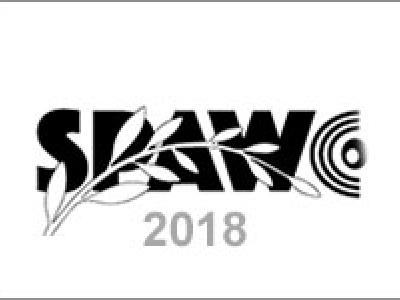Documents
Poster
Interference Management via User Clustering in Two-Stage Precoder Design

- Citation Author(s):
- Submitted by:
- Ayswarya Padmanabhan
- Last updated:
- 21 June 2018 - 9:48am
- Document Type:
- Poster
- Document Year:
- 2018
- Event:
- Presenters:
- Ayswarya Padmanabhan
- Paper Code:
- 1570439908
- Categories:
- Log in to post comments
We consider a single cell downlink (DL) massive multiple-input multiple-output (MIMO) set-up with user clustering based on statistical information. The problem is to design a fully digital two-stage beamforming aiming to reduce the complexity involved in the conventional MIMO processing. The fully digital two-stage beamforming consists of a slow varying channel statistics based outer beamformer (OBF) and an inner beamformer (IBF) accounting for fast channel variations. Two different methods are presented to design the OBF matrix, so as to reduce the size of the effective channel used for IBF design. A group specific two-stage optimization problem with weighted sum rate maximization (WSRM) objective is formulated to find the IBF for fixed OBF. We begin by proposing centralized IBF design were the optimization is carried out for all sub group jointly with user specific inter-group interference constraints. In order to further reduce the complexity, we also consider a group specific IBF design by fixing the inter group interference to a constant or by ignoring them from the problem altogether. In spite of incurring a small loss in performance, the computational complexity can be saved to a large extent with the group specific processing. Numerical experiments are used to demonstrate the performance of various proposed schemes by comparing the total sum rate of all users and the design complexity.

